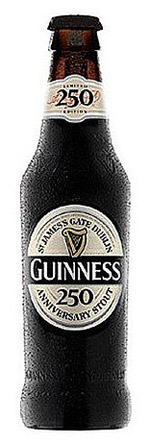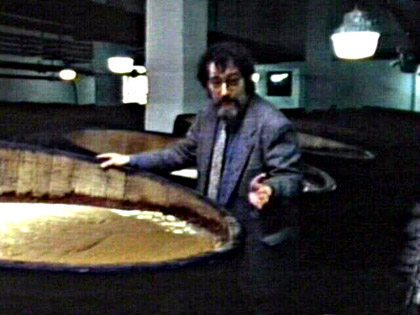Apologies, but I have to point something else out that bugged me watching Beer Wars. When you left the theater did you think that Moonshot was the only beer laced with caffeine? (Excepting the 849 coffee beers out there; mmmm, Meantime Coffee.)
Not true. There’s also MateVeza Yerba Mate gold, and now Yerba Mate IPA. The Gold was introduced in 2007 and brewed under contract by Butte Creek in Chico, Calif. Now Mendocino Brewing makes the beers, which are certified organic. Like coffee, yerba mate contains the alkaloid caffeine. Unlike coffee, yerba mate also contains theobromine, the active alkaloid in chocolate that is a mild, long-lasting stimulant.
Each 12-ounce serving of Yerba Mate IPA — let’s get right to the strong stuff — contains roughly equal to one-half cup of coffee. Seven percent strong with 60 IBU.
I’d like to say I’d take it black, but it’s more like a orange, bright and clear. Somewhat grassy, blame the hops and/or the Yerba Mate. Think of smelling orange blossoms when your hands are just a bit muddy. It certainly qualifies as a “hop tea.”

 Am I so out if it a missed the previous announcement and perhaps considerable discussion?
Am I so out if it a missed the previous announcement and perhaps considerable discussion?